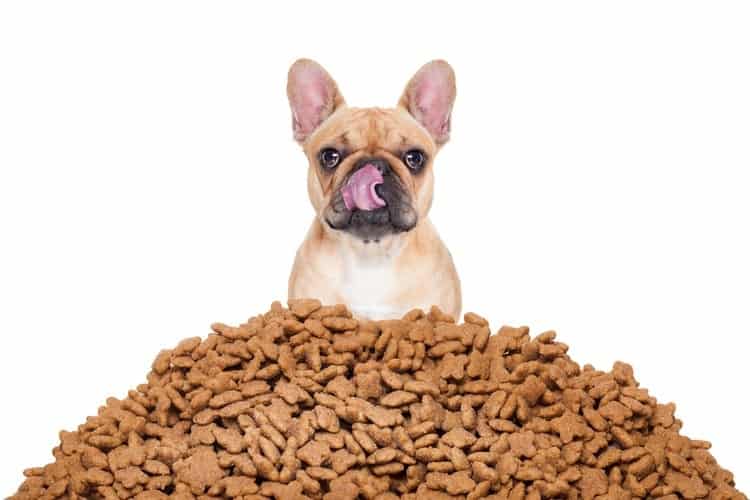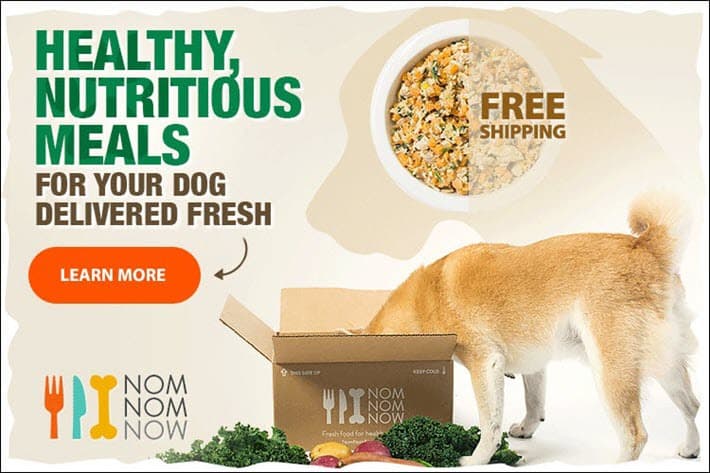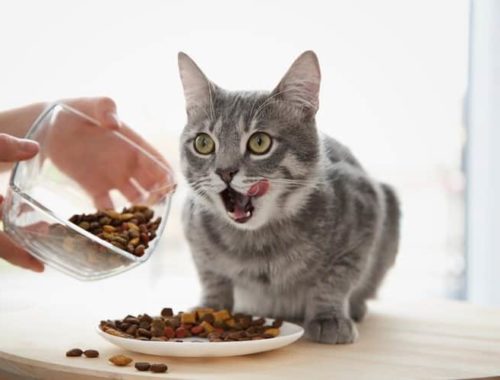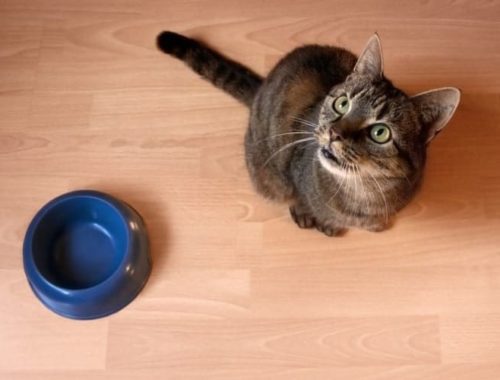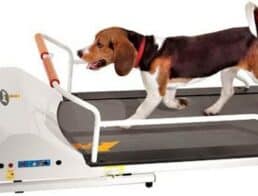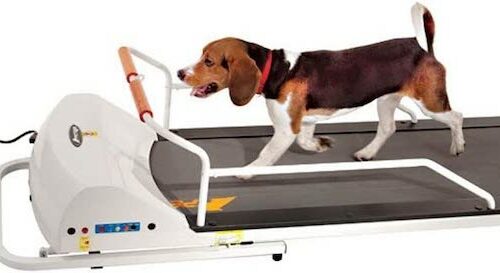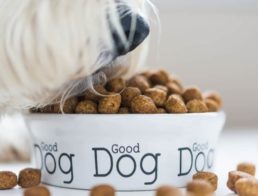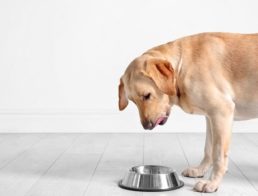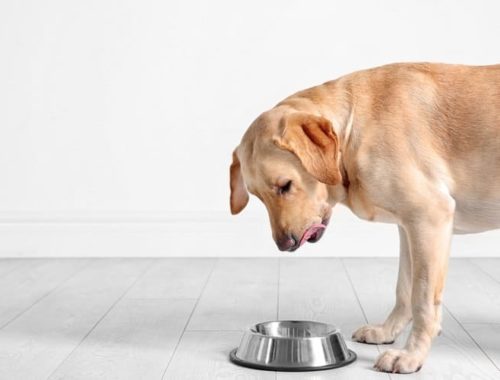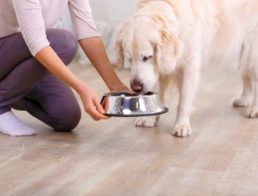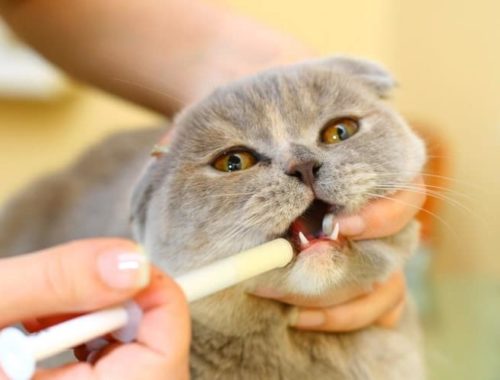Whether you have a new puppy or you are just wondering if you are feeding your dog enough (or too much!), it’s useful to sometimes think about how much you’re feeding your four-legged pal. Overfeeding your dog can lead to all sorts of issues related to obesity, and underfeeding her will cause her to be cranky, hungry, low on energy, and underweight. How can you tell if you’re feeding Rover the right amount? Check out this quick guide to how much food your dog needs.
Check the Dog Food Package
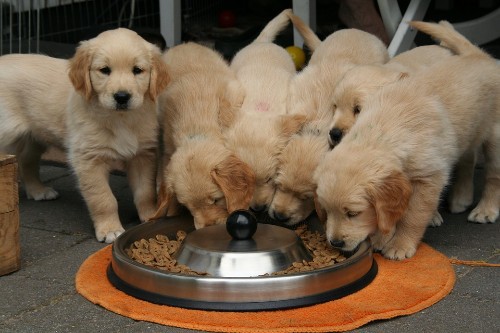
Dog food manufacturers make it easy to find a starting point. If you look at the bag, box, can, or pouch of food that your dog eats, it will generally tell you how much you should feed him over a 24-hour period. You’ll need to look up your dog’s age and weight on the package. Puppies and younger dogs tend to need more food per pound of body weight than older dogs. Split that amount into two feedings per day (or three feedings per day for puppies under 6 months of age).
If you switch brands or types of food, you will need to consult the new package’s instructions. While one brand of food calls for, say, two cups of food per day, a different brand of food might call for only 1.5 cups or three cups. This is because different foods have different types of calories, different nutrients, and different fillers. If you are looking for high-quality, organic food, consider one of these excellent choices from our list of top organic dog foods.
Fine-Tune the Amount Based on Your Dog
If your dog polishes off her bowl of food and still looks hungry, it’s possible that you aren’t feeding her enough. On the other hand, if she eats half of the food and leaves a lot in her bowl, it’s possible that you are feeding her too much. This isn’t always an absolute science, however, because some dogs will naturally eat and eat despite being full, and others tend to have a finicky, light appetite.
A better way to gauge whether your dog is eating enough is to keep track of her weight and body condition. Every couple of weeks, rub your hands over her body to feel her ribs. You should be able to feel them but they should not be protruding. Also, you should not be able to see them when your dog is moving around. If you can’t feel her ribs at all or if you need to press firmly to feel them, you should cut down the amount of food you are giving her a little bit. If her ribs are right under her skin, you’ll need to give her more food at each meal.
If your dog is a bit picky, consider choosing a fresh food that appeals to dogs. If you’re like most of us, you probably don’t have the time to make freshly prepared meals for your dog every day, so consider a service like NomNomNow, which delivers fresh dog food right to your door, customized to your dog’s dietary needs. This service makes it convenient for you and delicious (and nutritious) for your dog. Shipping is FREE and you can get 20% off your first order.
Offer Healthy Snacks
Every pet owner wants to give their pooch some treats now and then. Choosing healthy options will add nutrient-dense calories to your dog’s diet. If you’re looking for tasty rewards that will attract your dog’s attention during training, check out our list of the best dog training treats. Here are some other ideas to consider:
- Stuff a Kong or another dog treat dispenser with a handful of kibble, some pieces of cheese, or even a smear of peanut butter.
- Offer your dog slices of cooked carrots or sweet potatoes. Dogs tend to like these starchy vegetables. (Don’t offer your dog raw potatoes or sweet potatoes, though!)
- Try giving your dog sliced apples, which are another favorite. Don’t let her eat the seeds.
- A spoonful of low-salt cottage cheese, plain yogurt, or canned pumpkin mixed into dry food will often tempt your dog to eat if she is picky. Make sure that yogurt and pumpkin does not include any xylitol, an artificial sweetener that is highly toxic to dogs.
- Avoid rawhide dog chews, which can get stuck in her digestive tract. Instead, try deer or elk antlers, raw bones from the butcher (make sure your dog is eating them on a non-porous, cleanable surface and wash your hands well after handling), or venison ears.
Remember to keep treats as a small part of your dog’s diet; they should not comprise more than 10 percent of the calories your dog is eating on a daily basis.
Always talk to your veterinarian if you have questions about how much you should be feeding your dog.
Featured Image Credit: Javier Brosch, Shutterstock


